7 Lessons We Learned When We Added Sheep to Our Regenerative Ranch
One year after the first 39 head arrived, our flock is growing — and so is its positive impact.
With anything new, there’s a learning curve.
Ranching is no exception — especially when you’re talking about adding a new species.
I’ve been managing Noble Research Institute’s Coffey Ranch in Love County, Oklahoma, since November of 2019. But in the spring of 2021, things changed a little when we unloaded 39 sheep on the once exclusively cattle operation.
When you add sheep to a cattle operation, you’re no longer putting all your eggs in one basket.”
Here are seven lessons we’ve learned one year after converting to a regenerative ranch with multiple species.
1. Sheep are more resilient than you’ve heard.
We’ve all heard “sheep are just looking for a place to die.” But I no longer believe it. In fact, I think I know where the saying comes from: They’re so tough, you may not notice they’re sick till it’s too late.
A cow is so large, she can afford to show a little bit of weakness. But a 120-pound ewe is on all the predators’ lists and doesn’t have that luxury.
Of course, for a healthy flock, it’s important to choose your stock wisely and make sure they fit your environment and goals. We chose Dorpers, which are low-maintenance hair sheep.
We purchased our sheep from our friends at The Dixon Water Foundation in Texas. They’ve been running sheep a little while and, essentially, had done a lot of the heavy lifting. They’d done a lot of culling already and had identified the hardy animals.
I would be remiss if I didn’t mention one health issue we ran into that reminds you how different cattle and sheep can be. When we first got the sheep, we hauled some heavy-bred females. We later learned animals that carry multiple fetuses can get gestational toxemia from that kind of stress. It causes glucose, mineral and vitamin deficiencies and can be fatal.
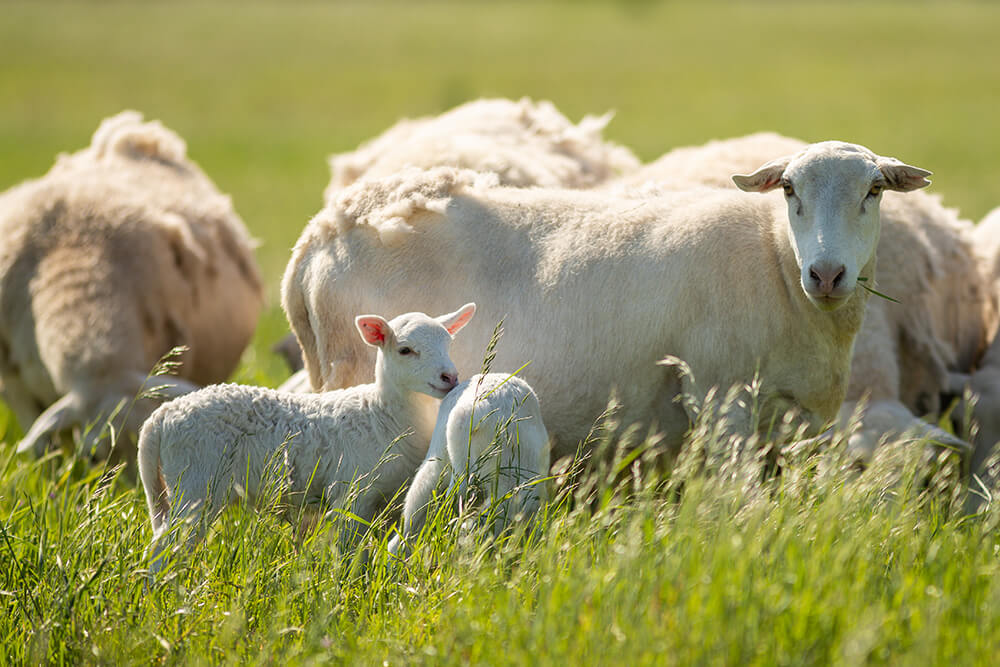
2. You will have to make infrastructure changes.
At Coffey Ranch, we weren’t set up for sheep, and getting there required some time.
When we had a new south boundary fence put in, we made it sheep- and goat-proof. The rest of the property is fenced with single-strand high-tensile wire put in for cattle. But we have had good success with containing the sheep behind a single strand of poly wire.
Placement is important, though. We learned if the electric fence didn’t hit the sheep on their nose (where their hair didn’t insulate them), it wouldn’t be effective. So that means the fence wire is anywhere from 16 to 18 inches off the ground.
Because this is a native tallgrass prairie, and we get forages that grow 3-to-6-feet tall, it means I have to brush-hog strips of pasture down to about 12 inches tall to get the sheep fence in. And that adds extra preparation time to the moving process.
We also needed a portable feeder pen for our guardian dogs so it can be moved as the flock grazes new paddocks.
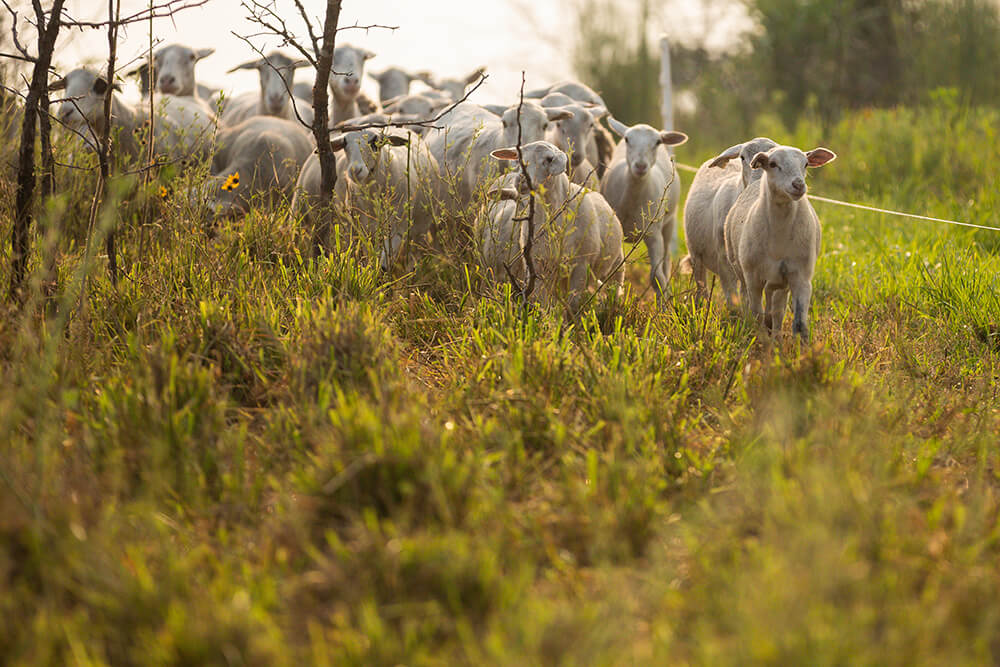
3. A good dog is a sheep’s best friend.
Our guardian dogs are invaluable to a sheep operation, because they keep predators away.
We’re a little dog-heavy right now, with four on the place, but when we purchased that first flock, we bought two dogs that were already bonded with them. One of them is pretty old, so we wanted to make sure we had time to get replacement dogs trained up. So, we added two 6-month-old pups in June 2021.
That was a learning experience, too. You’ve got young pups learning from the older dogs. Both the older dogs and the sheep have to bond with and accept the new dogs. All of this takes time.
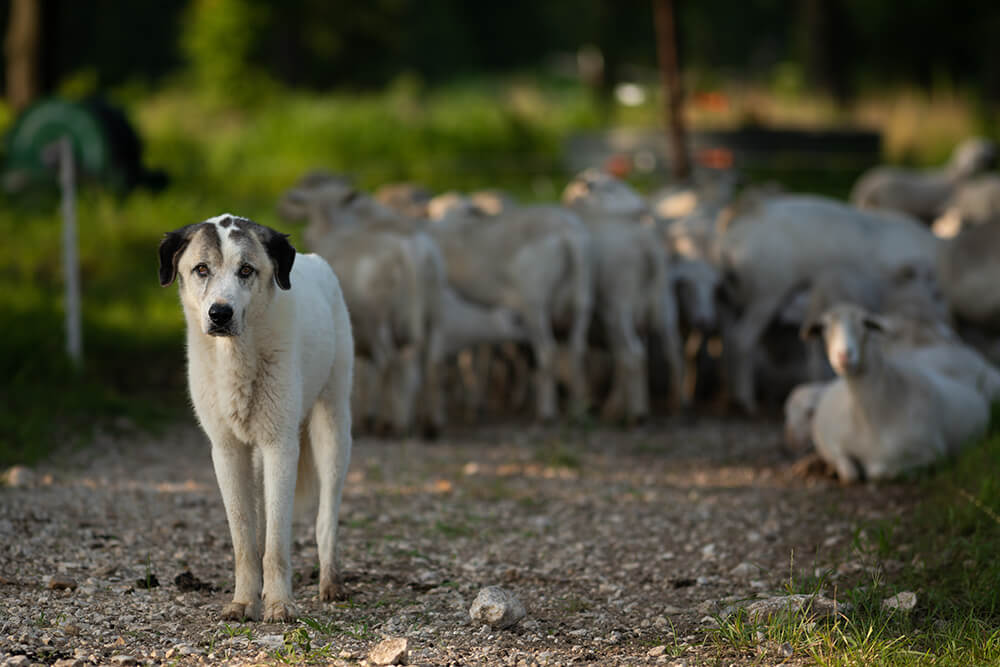
4. Ewes with lambs at their side can be moved — and it helps with parasite prevention.
Since I was new to managing sheep, I didn’t always go with my gut at first. One time in particular, I wish I had.
In regenerative ranching, we move animals frequently. However, I’d been told not to move ewes with baby lambs on their side. Folks scared me to death, saying the animals would get confused if I did.
So, I left them in the pasture too long, and they ended up getting parasites. We had to deworm them. Now, I move them as I normally would any other time of the year, and it’s worked out.
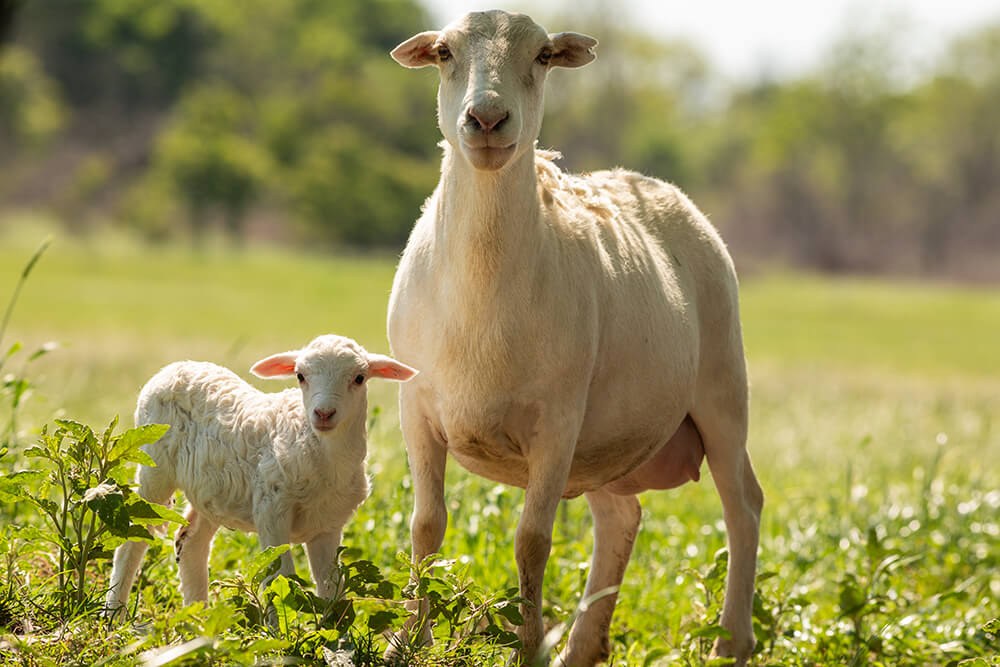
5. They’re flightier, but that’s not always bad.
One way sheep are different than cattle is in their flight zone, the distance you have to stay away from an animal for it to feel comfortable.
Of course, once they get used to you, it’ll shrink a little. But sheep remain flightier than cattle and also want to stick together more than cattle do.
The good news is, they’re actually easier to move than cattle. Additionally, if they escape, if you find one, you’ve found them all.
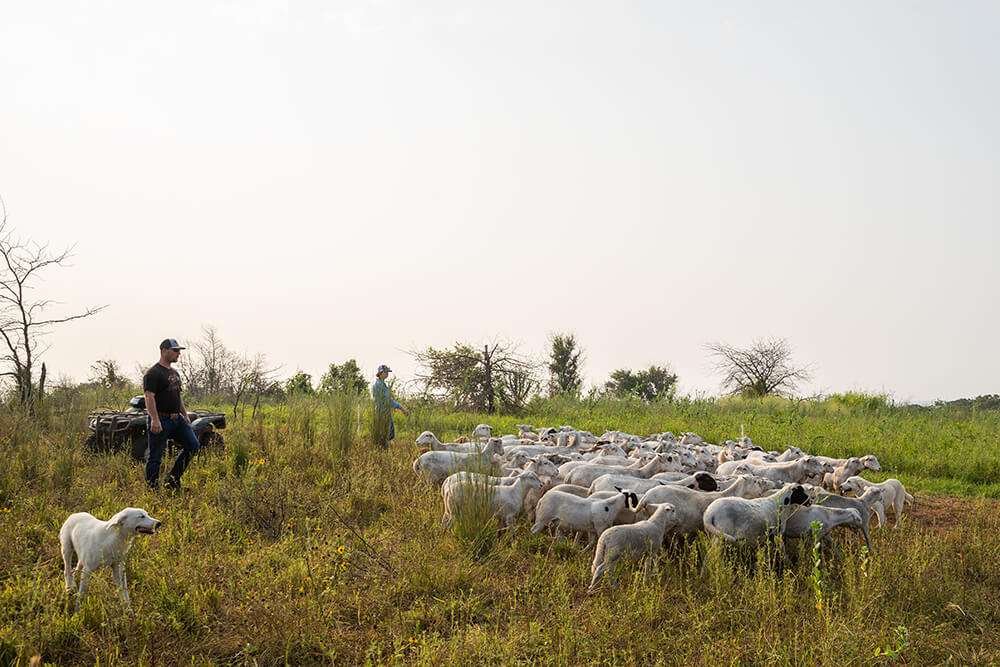
6. You may be surprised how much you like them.
Sheep are cool critters. I was surprised to learn how much I enjoy working with them. They’re easy to deal with and be around, especially once you adjust to the differences between sheep and cattle. And I really like that they help us utilize the resources that God gives us better than if we were only running cattle.
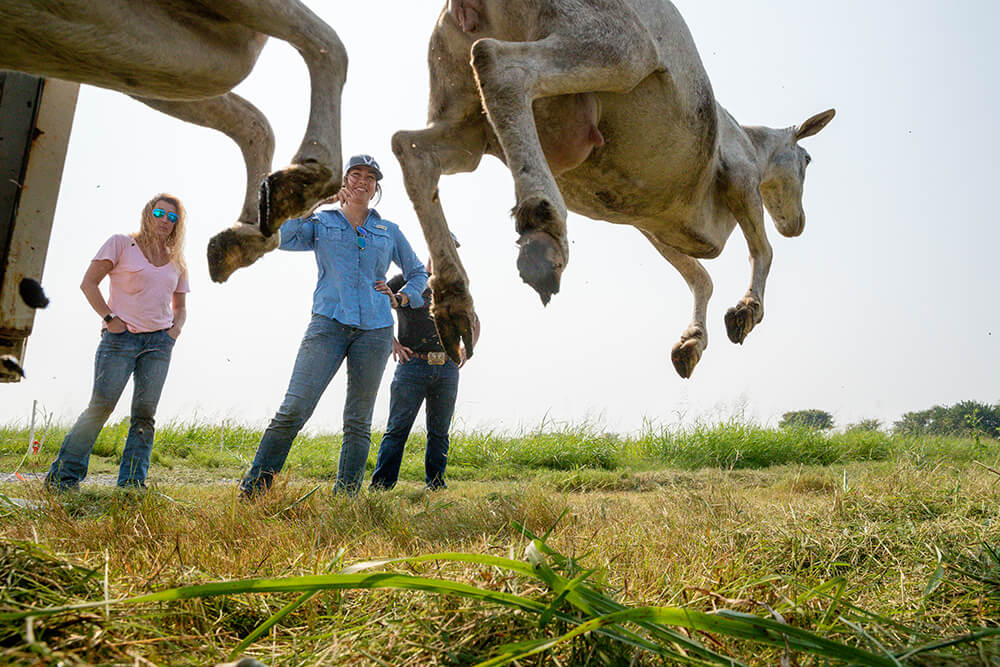
7. Financially, they just make sense.
By diversifying, you can dramatically improve your bottom line. When you add sheep to a cattle operation, you’re no longer putting all your eggs in one basket. When cattle prices drop, you’ve got sheep to sell, too. And instead of having to spray for weeds, sheep will use those weeds to make you money. It’s a win-win.
Additionally, sheep are cheaper to get into — you can pay them off in a year or two. And once you’re set up, each step of the way is less intensive than and less expensive than cattle. You don’t have to precondition them. It’s cheap to supplement them during the winter, too. We’re talking a couple of pounds of alfalfa per day per head to get them through the worst part of winter. Finally, you can just load them up and go when you’re ready to sell.
We’re still learning, but I can say this with confidence: Sheep have had a positive impact at Coffey Ranch.
Have you added sheep to your ranch? What surprised you? Leave us a comment below.
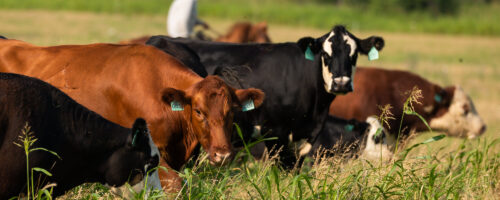
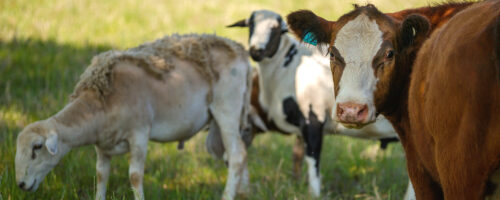
Comment